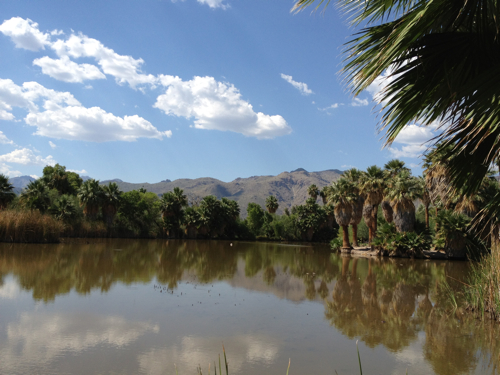 One of my favorite parts of travel is when I find myself in a completely different habitat from where I live. It's amazing to think how much there is to see and how different area terrain can be in the United States. I can travel from one end of the country to another, wake up to 60 degrees Fahrenheit at my home and then a mere few hours later be sweltering in 104 degrees Fahrenheit at Agua Caliente Park in Arizona. We mercifully didn't bird the whole afternoon in the heat but went up Mount Lemmon to look for birds where the higher elevation was much kinder temperature-wise.
One of my favorite parts of travel is when I find myself in a completely different habitat from where I live. It's amazing to think how much there is to see and how different area terrain can be in the United States. I can travel from one end of the country to another, wake up to 60 degrees Fahrenheit at my home and then a mere few hours later be sweltering in 104 degrees Fahrenheit at Agua Caliente Park in Arizona. We mercifully didn't bird the whole afternoon in the heat but went up Mount Lemmon to look for birds where the higher elevation was much kinder temperature-wise.

Along with being in completely different habitat, it's fun to find things like a gila woodpecker excavating a saguaro cactus as opposed to a red-bellied woodpecker working on an old as tree like I would at home. Other birds we found on our way up included a blue-throated hummingbird female feeding young, Scott's oriole and canyon towhee.

Though it is fun to run into familiar faces even if I am 1600 miles away, like the above Cooper's hawk. I'm used to seeing these birds dodge dumpsters and hipsters in my flat urban neighborhood. This bird took full advantage of the canyon walls when it finally took off and used a little bit of a different flying technique, but it had more open space than the hawks in my neighborhood.

I was hoping for a few life birds on this trip, I didn't expect tons, I'm running out of places in the US where I can really rack up the life birds. I was surprised to knock out 10 new birds on this trip (it is quite possible that my disinterest in listing contributed to that as my listing records are haphazard at best and I"m sure I have forgotten what birds I've seen). One bird I know for sure that I was missing was the phainopepla (pronounced fay-no-PEP-la). This has been a target bird for a long time, they look some crazy black cardinal with a tiny beak and red eyes. I love saying the name over and over. My buddy Clay got me one at Molino Canyon Vista on Mount Lemmon. And though I was grateful...it wasn't an adult male--I know for some that is birding elitism, but the first time one sees a crazy bird like a phainopepla, you want to see the best plumage possible.

Now that's what I'm talking about, that's a phaino-freaking-pepla! You may be wondering what the deal is with the crazy name, does it sound like it says, "phainopepla" when it sings? No. It's Greek for "shining robe." Yeah, I don't get it either, but where would North American birding be without weirdo bird names that make little sense? Non Birding Bill seems to think it sounds like some sort of venereal disease when I announce, "I got phainopepla in Arizona!"
These birds belong in the silky-flycatcher family and if wikipedia is to be believed...kind of related to waxwings? Which I suppose one can kind of see a waxwing like beak on this bird. Silky-flycatchers aren't quite like the tyrant or empidonax flycatchers that can be their own source of identification grief. There are only four species in this family and they all look noticeably different different.
I posted a picture of this bird on Twitter and someone noted the maniacal red eye. This is not the craziest looking bird you can see.

How evil looking is this guy? Up in the higher elevations we got yellow-eyed juncoes bebopping around in the parking lots. A bit more of a maniacal looking bird than what I'm used to. As we went along the road, Clay would see a bird fly across, make us stop and before we knew it we'd be surrounded by painted redstarts, black-throated gray warblers and Hammond's flycatchers.

Even if we weren't getting great birds, the view on top of Mount Lemmon would have more than made up for it. While we were perched here, we could hear distant peregrine falcons echoing off the walls and a band-tailed pigeon. The pigeon is in the above photo, a mere speck on one of the dead conifers.

This was taken through the new Swarovski ATX on full 60 power zoom by holding my iPhone up to it. It's not bad for a documentation photo! As we were watching this bird, it suddenly took off and we looked up to see a zone-tailed hawk in a full on dive from high above. Zone-tails are awesome, they are shaped and fly like turkey vultures...giving protential prey a false sense of security. I wasn't able to digiscope a shot of the hawk, but it was fabulous to see.

Mount Lemmon is not a bad way to spend an afternoon if you find yourself in Tucson.

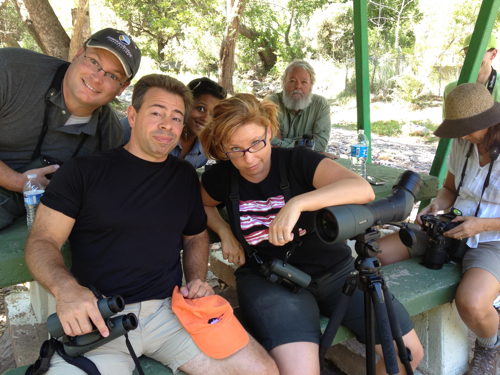











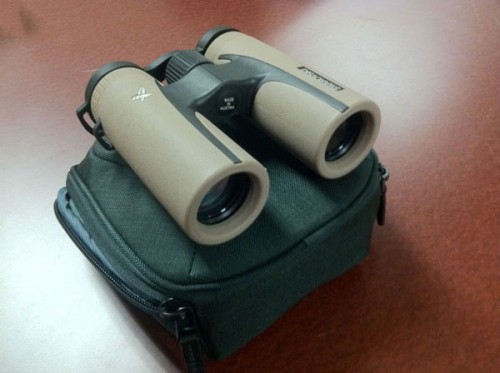
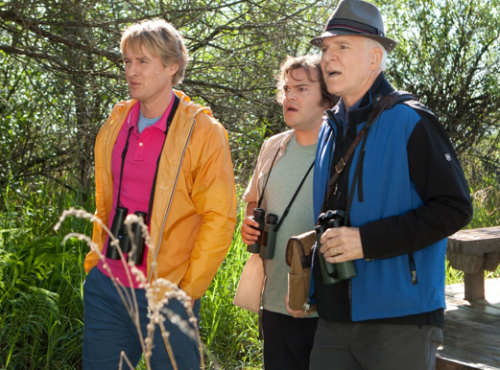 Okay folks, it's almost time for the Big Year and Birds and Beers! Call the showplace icon and get tickets ahead of time to ensure a seat. The number is 1-800-326-3264 and you want the Midnight VIP screening of The Big Year.
Okay folks, it's almost time for the Big Year and Birds and Beers! Call the showplace icon and get tickets ahead of time to ensure a seat. The number is 1-800-326-3264 and you want the Midnight VIP screening of The Big Year.


 One of the things I was counting on to give me an edge over Clay in our
One of the things I was counting on to give me an edge over Clay in our 








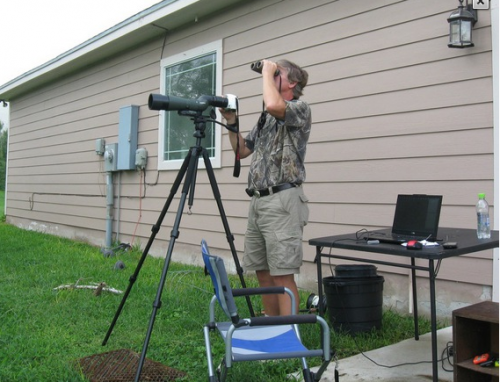
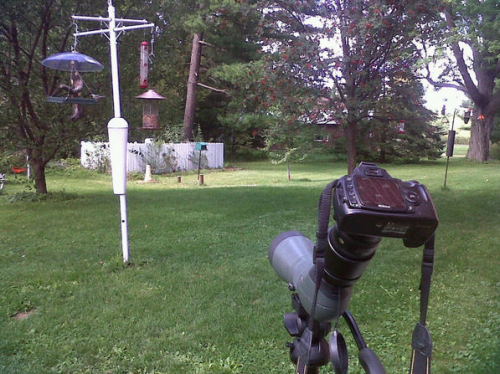
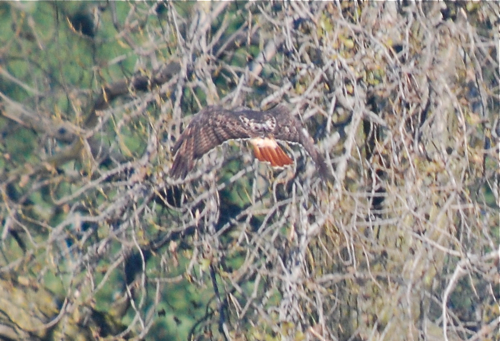
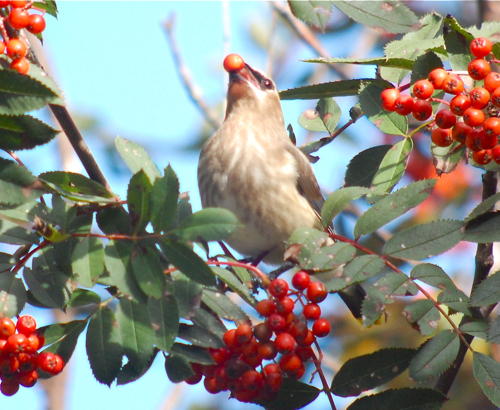
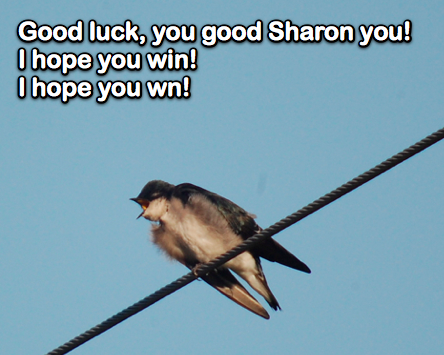
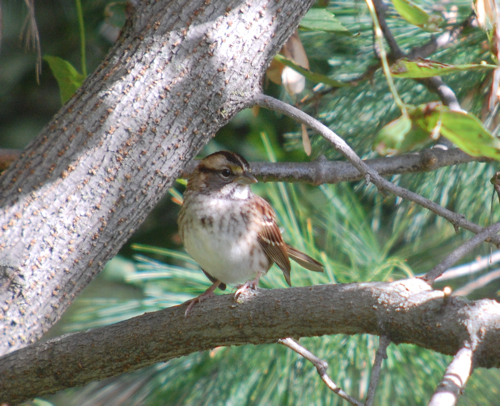
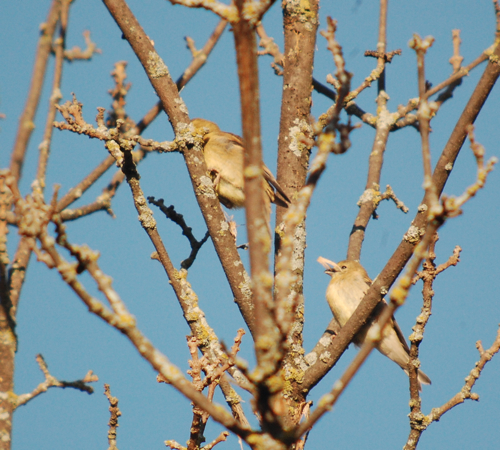
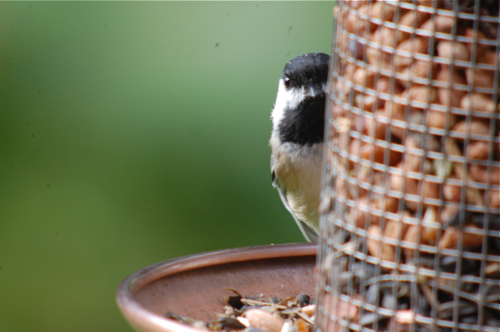
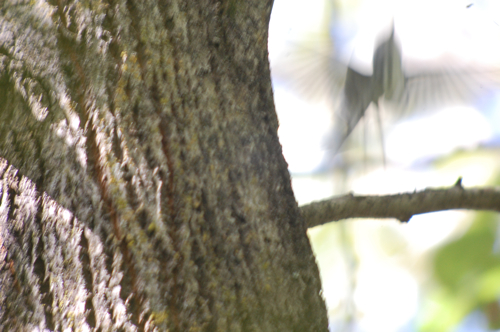
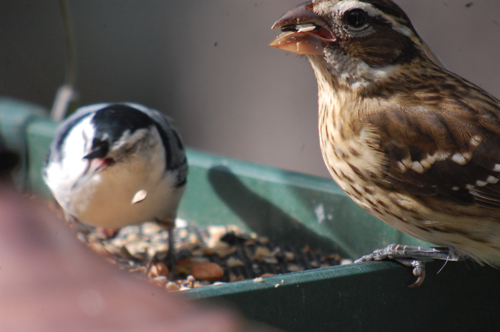
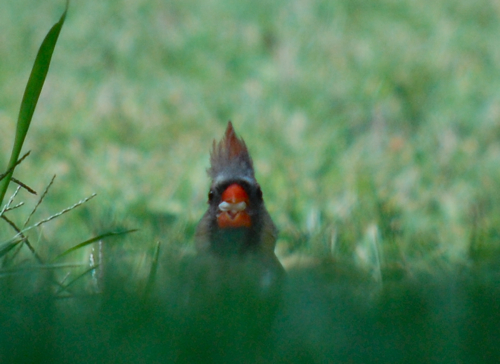
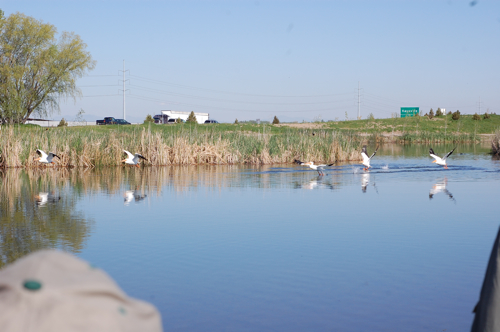 One of the reasons I was at the
One of the reasons I was at the 





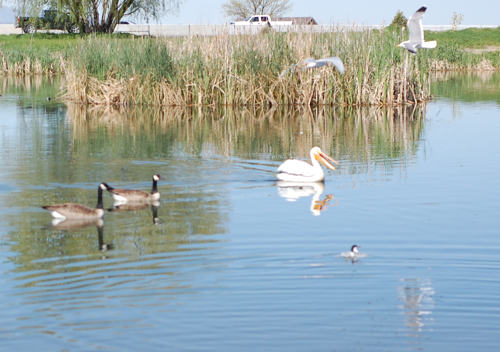 As the bird swam away, some gulls flew over low to investigate (assessing if they could eat it, I'm sure) and then a pelican swam right for it and opened it's mouth. "No," I shouted, "not today pelican!"
As the bird swam away, some gulls flew over low to investigate (assessing if they could eat it, I'm sure) and then a pelican swam right for it and opened it's mouth. "No," I shouted, "not today pelican!"




